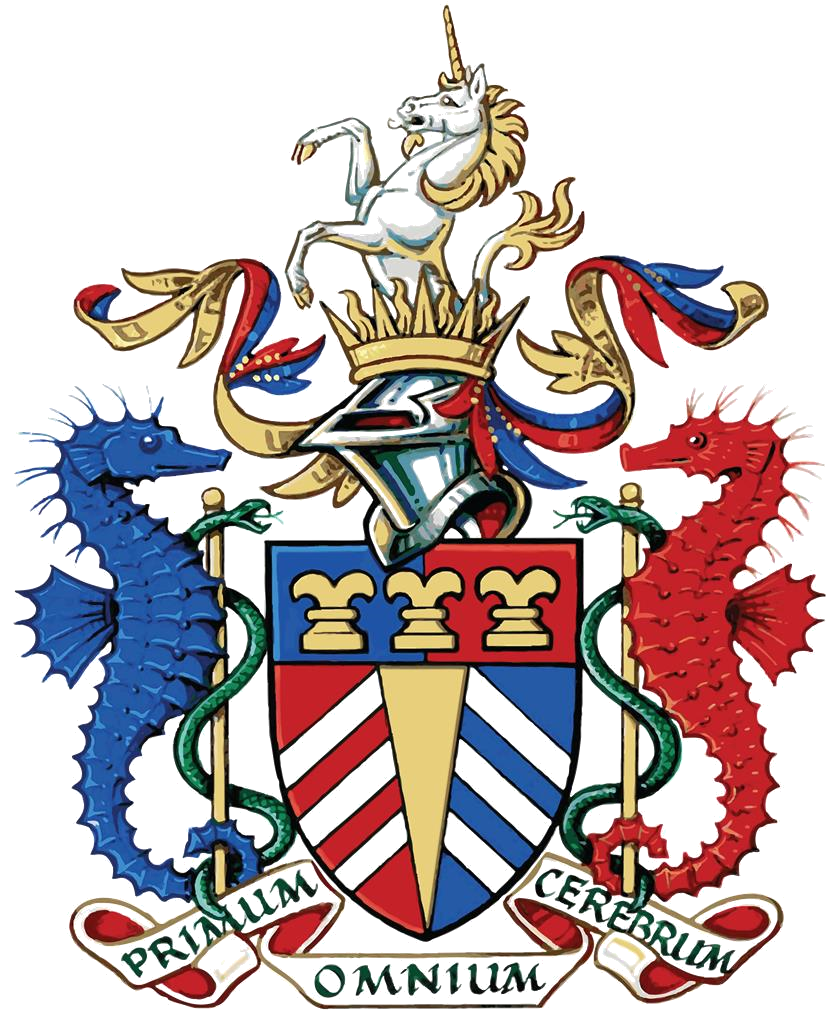From Darjeeling to Texas via England
I have the great honour of giving today’s citation for our Gordon Holmes lecturer and introducing Professor Samden Lhatoo, FRCP, London, to you today.
Sam is well known to many of us. He has had and continues to have an illustrious career, and many of his formative years in neurology and in epilepsy, his subspecialty, were in the UK.
Sam graduated in 1991 from the University of Delhi’s Mawlana Azad Medical College, a top ranking medical Institute in India, and completed his residency in Internal Medicine in Chandigarh in 1994. He obtained his
MRCP and trained in neurology the UK between 1994 and 2010, at the Radcliffe in Oxford, Frenchay in Bristol, when some of his early influential work came from – those who worked with him at the time described
him as a great colleague, hard-working, brilliant, dynamic and already driven - and at Queen Square. He undertook a two-year fellowship in epilepsy at the National Hospital and a further epilepsy EEG research
fellowship at the renowned Cleveland Clinic Foundation… somehow also finding time for an MBA.
Sam took up a post in the US at Case Western Reserve University, Cleveland, Ohio in 2010 but was recruited in December 2018 to McGovern Medical School in Houston Texas, where he currently works as an academic and
clinical epileptologist.
He is a: Distinguished University Professor of Neurology, Executive Vice Chair in Neurology, Co-Director of the Texas Institute of Restorative Neurotechnologies, and The Director of the Texas Comprehensive Epilepsy
Program, a collaboration between McGovern and Memorial Hermann Hospital, which is a level 4 state of the art programme, the highest such national designation.
Sam is giving the Gordon Holmes lecture today. As we just heard, Sir Gordon Holmes was the gifted son of a well-to-do Anglo-Irish farmer in Ireland, born north of Dublin, who after qualifying as a doctor, worked
his way from Ireland, to New Zealand, then Germany, where he studied neurology, before being appointed in 1906 at Queen Square.
Like him, Professor Lhatoo is a man of the world. Though he comes to us now from the US, he is Tibetan by ancestry, born in Darjeeling India, where it is said the best tea comes from, qualified in Delhi, and later
trained in England before settling in the US . As co-director and co-principal investigator of the NIH funded Centre for SUDEP Research, he is highly qualified to address his topic today, namely:
Mortality and SUDEP: Observations to be targeted.
Join me in giving a very warm welcome to our distinguished guest speaker: Professor Samden Lhatoo.
Lina Nashef, May 2023

